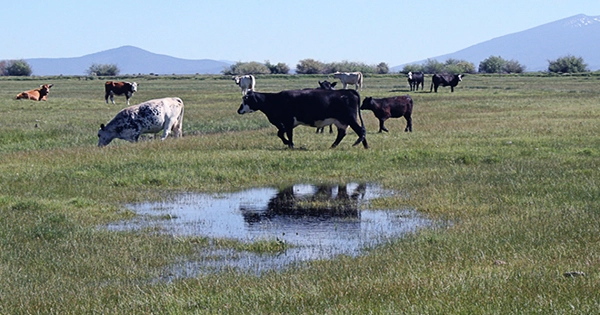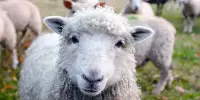Thousands of cattle have died in Kansas due to an intense heat wave, and residents are being urged to watch for indications of heat stroke. According to the Kansas Department of Health and Environment, at least 2,000 cows have died as a result of the heat and humidity during the heatwave. This figure is based on requests from facilities and farms for assistance in disposing of livestock corpses. According to some estimates, the number is over 10,000.
The deaths, according to veterinarian A.J. Tarpoff of Kansas State University, were caused by a “perfect storm” of heat stress during the day followed by higher-than-normal overnight temperatures, according to local news station KSCB News. “Heat stress isn’t something that happens all at once,” Tarpoff told KSCB News. “During the day, cattle build heat, and it takes four to six hours for them to disperse that heat during the night.” Cattle can generally endure the heat as long as we have a cooling effect at night.”
“Where we have issues is when we have two to four days of minimal nighttime cooling in a row, and we start the day with the heat load from the day before still there.” Temperatures in numerous regions of the state soared beyond 38°C (100°F) during the weekend, exacerbated by high humidity. Cattle fatalities often begin in early June, according to Tarpoff, since the animals haven’t entirely lost their winter coats. According to Drew Lerner, president of World Weather Inc, temperatures will be similar this weekend, while cold breezes may improve circumstances for the state’s cattle.
Meanwhile, Brenda Masek, president of the industry group Nebraska Cattlemen, advised cattle owners to keep an eye on their animals. She told Reuters, “You can’t claim, ‘Oh, I examined those three days ago.” “When the weather becomes hot, you have to be out there every day ensuring sure their water is maintained.”
(Reuters) – CHICAGO, June 15 – Thousands of cattle have died in Kansas due to extreme heat and humidity in recent days, according to the state, and the state’s livestock is still at risk. The deaths add to the industry’s woes, which have already seen farmers cut herds due to drought and deal with rising feed prices as Russia’s invasion of Ukraine squeezed global grain supplies.















